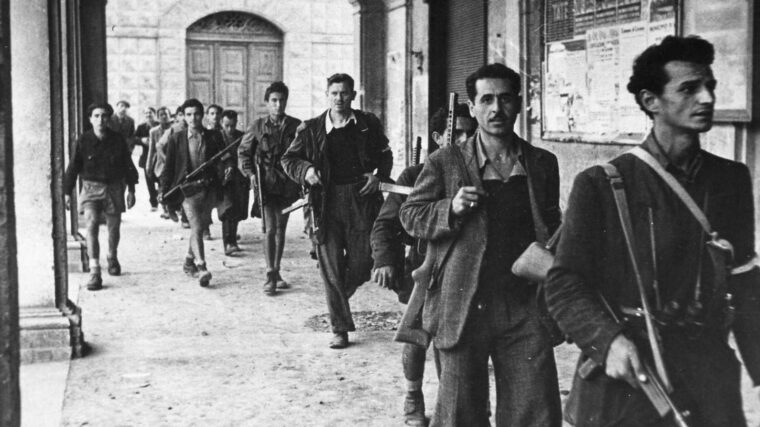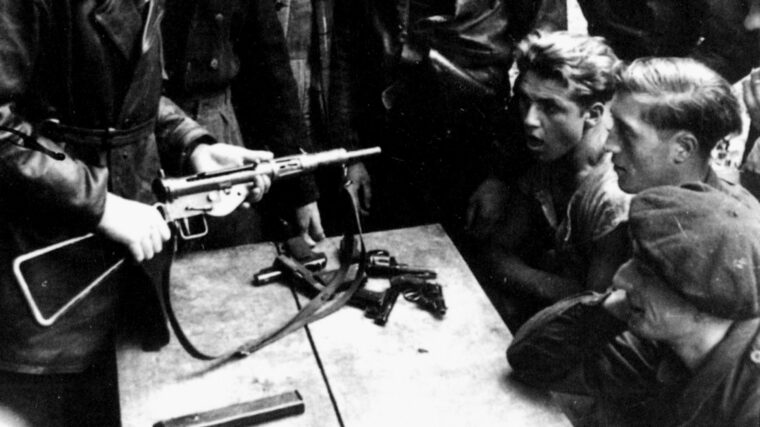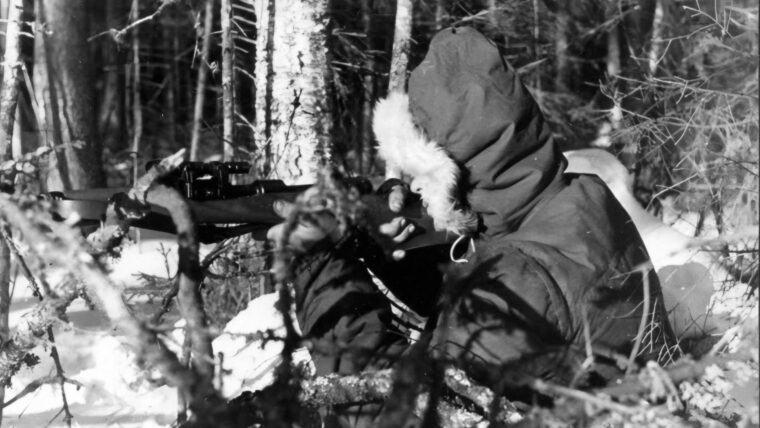
WWII
Luftwaffe Raids: St. Paul’s Stands Proud
By David Alan JohnsonAt St. Paul’s Cathedral, the rooftop lookout telephoned the cathedral control center at 6 pm to report that air raid sirens were sounding off to the southwest. Read more


WWII
At St. Paul’s Cathedral, the rooftop lookout telephoned the cathedral control center at 6 pm to report that air raid sirens were sounding off to the southwest. Read more

WWII
Tobruk, the vital Libyan seaport on the coast of Cyrenaica, fell to General Erwin Rommel and his victorious Afrika Korps in less than 24 hours after an unexpected and devastating air, armor, and infantry attack on June 21, 1942. Read more

WWII
In the English-speaking world, most students of military history would be hard-pressed to identify the time, place, or antagonists of the Canakkale Campaign. Read more

WWII
The Volkswagen, or “People’s Car,” that so many millions have known for more than half a century had its genesis in Nazi Germany. Read more

WWII
Devizes in southern England had had a quiet war. It had not suffered any bombing as most English cities had. Read more

WWII
The German crewmen occupied the various stations in their tank as they approached the American roadblock ahead. It was 2100 hours on Christmas Eve, 1944, just outside the town of Manhay, Luxembourg, which was occupied by elements three different U.S. Read more

WWII
The Japanese looked unstoppable. Two divisions of the 15th Army had crossed from Thailand into Burma in mid-January 1942, bent on capturing Rangoon before the British could land reinforcements and block the seizing of the Burma Road. Read more

WWII
Throughout the reign of the Nazi Party in Germany during the 1930s and 1940s, Adolf Hitler’s inner circle comprised a diverse group of men from many walks of life. Read more

WWII
Very few among the throngs of visitors to Pearl Harbor on the island of Oahu are aware of an anomaly, but it definitely exists in the case of the USS Utah. Read more

WWII
It was loud. It was violent. Gunfire ripped into 1st Lt. Grant G. Stout’s Republic P-47D Thunderbolt fighter high over Dortmund, Germany, near midday on March 19, 1945, and the aircraft trembled and shook. Read more

WWII
As 1944 drew to a close, the British in Greece found themselves in a parlous situation. They had agreed to support the restoration of Greek civil authority while overseeing the distribution of aid and the re-creation of armed forces to ensure internal security, all while commitments elsewhere were straining them almost to the breaking point. Read more

WWII
On June 6, 1944, hundreds of thousands of Allied troops, planes, and ships departed from their bases in England bound for the shores of France in what was to be the greatest invasion of all time. Read more

WWII
When the Marines put Willis “Bud” Dworzak into the cockpit of a Vought F4U-1C Corsair fighter aircraft, they expected him to provide close air support to fellow leathernecks who were slugging it out on Okinawa. Read more

WWII
By early 1944, the Luftwaffe was only a shadow of what it had been at the beginning of the war. Read more

WWII
On the humid morning of August 19, 1942, infantrymen from Company A, 1st Battalion, 1st Marines carefully eyed the landscape for any signs of Japanese soldiers as they slowly made their way through the thick jungle on the island of Guadalcanal, located in the Solomon Islands. Read more

WWII
The night of December 14, 1941, was bitterly cold in the North African desert. Midway between El Agheila and Tripoli, Libya, was the German and Italian air base outside the town of Tamet. Read more

WWII
The commander of the U.S. Third Army, General George Patton, Jr., took no great pleasure in the end of the war in Europe; he already knew that despite his lobbying of many influential figures in Washington, D.C., Read more

WWII
The art of sniping developed from the sharpshooting practiced during earlier conflicts. During the 19th century, the steadily improving technology of the rifle led to the use of sharpshooters during the American Civil War and the Boer War. Read more

WWII
In the 1960s the John Birch Society was well known to most Americans as a right-wing political organization noted for its anti-communism and conspiracy theories. Read more

WWII
By 1939 the German Reich possessed 3,800,000 horses while 885,000 were initially called to the Wehrmacht as saddle, draft, and pack animals. Read more